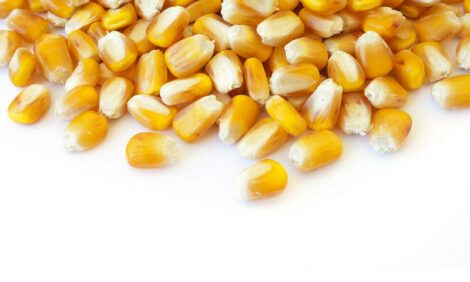



Circovirus Vaccines Improve Performance
By Joe Vansickle, senior editor for National Hog Farmer magazine. Trials show circovirus vaccines are producing marked reductions in finishing mortality, boosting pig performance and percentages of hogs marketed.Circovirus vaccines are performing as advertised - producing dramatic improvements in swine health, adding hogs and pounds of pork on the market.
With pork production surging, the question now is whether those improvements will eventually flood the market and drag down hog profitability. It's expected that hogs marketed in the fourth quarter of 2007 will exceed numbers produced in that fatal period in 1998, when reduced slaughter capacity, coupled with record pork production, led to single-digit hog prices.
This time around, slaughter capacity is in much better shape, but production of the three commercially available circovirus vaccines has yet to hit its peak. Those vaccines include Suvaxyn PCV2-One Dose from Fort Dodge Animal Health, Ingelvac CircoFLEX from Boehringer Ingelheim Vetmedica, Inc. (BIVI) and Porcine Circovirus Vaccine Type 2 from Intervet Inc.
Fort Dodge Animal Health, for instance, indicated at World Pork Expo that while supplies in the pipeline are growing, peak production of their vaccine would not occur until well into the third or fourth quarter of this year.
“Most of us would agree that this disease did have an impact on slaughter weights and mortality, which did offset some of the increases in sow productivity that is occurring on farms over the last 18 months,” observes Joe Connor, DVM, senior swine consultant at Carthage (IL) Veterinary Services, Ltd.
“The industry has not had enough vaccine available to impact the market yet. But for the fourth quarter of 2007 forward, I believe we will have enough vaccine available to increase the percentage and pounds of pigs marketed,” he adds.
Results Encouraging
Connor reported on several trials with the Fort Dodge vaccine, noting it has protected against all of the strains of the disease known as porcine circovirus-associated disease (PCVAD), including both the American and European strains.
While cases of PCVAD have returned mostly to endemic (subclinical) levels in Europe, many U.S. herds are still experiencing epidemic losses, he reports.
Reviewing losses due to PCVAD in nine wean-to-finish production systems in Illinois points out that the syndrome has had a big impact on cost of production in terms of marketable pigs, says Connor. Figure 1 shows vaccination has helped groups reach nearly 98% marketable pigs, compared to about 92% for nonvaccinated groups.
Figuring into that equation is mortality rates (Figure 2), which average 6.5% or higher for unvaccinated groups vs. 3% or less for vaccinated pigs.
In another large study, wean-to-finish death loss was more dramatically altered, going from 9.2% in nonvaccinates to 3.09% for pigs inoculated with the Fort Dodge PCV2 vaccine, Connor notes.
The vaccine trials also produced an improvement in average daily gain from 1.5-1.6 or under for nonvaccinates to 1.7 or higher for vaccinates, he says.
Similarly, feed conversion advanced from 2.40-2.45 for nonvaccinates to around 2.35 for vaccinates.
Further Reading
|
|
- To view the full article, please click here. |
August 2007








